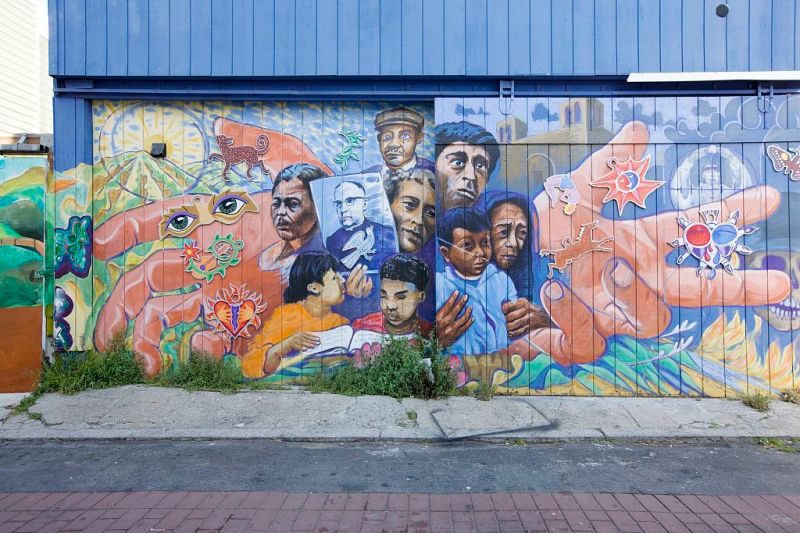In mid-October, a group of 160 Hondurans — who included parents carrying children who, in turn, were clutching onto toys — set out walking from their home country to the United States as part of a “human caravan.” Today, as they traverse Mexico en route to the United States, their numbers have reached as many as 7,000.
Their journey is an opportunity for us to take direct action aimed at healing some of the collective social wounds created through the fraught relationship between the United States and Central America.
Instead, it seems, we are pursuing a different path.
With the midterm election season in full swing, President Trump has deliberately stoked these fears, tweeting messages such as: “Many Gang Members and some very bad people are mixed into the Caravan heading to our Southern Border. Please go back, you will not be admitted into the United States unless you go through the legal process. This is an invasion of our Country and our Military is waiting for you!”
Ironically, the asylum seekers who are currently making this long journey are often escaping from the very forces President Trump references: violence, gang activity and poverty.
Yet these problems share a common root in violence and exploitation to which the United States has decisively contributed continuously over the past century — directly through military interventions and coups and indirectly through failed drug wars and exploitative economic relations. These are, in effect, regional issues that implicate all of the nations of the Americas, from Chile and Argentina to Canada.
Extending our support and welcome to our brothers and sisters from Central America can continue the healing process begun by post-conflict Truth Commissions. It can serve as a way to recognize the shared history between our countries, to take responsibility for the many ways in which the United States has contributed to the socio-economic problems that exist in Central America, and to actively move toward justice. Let us see this moment with hope rather than fear.
One place to start is by learning the history of Central America. This means taking account of the rich cultures and societies in the region and coming to grips with the high social costs of neglect and mistreatment within and across borders. Central America is peopled by poets and carpenters, mothers and daughters, engineers and farmers. These are our fellow hemispheric Americans. When thousands are forced to walk to dubious safety at our border, our response must be to reach out in solidarity.
Let us then go to the border not with guns and threats but rather to meet these weary travelers as friends, and, indeed, kin.
— Zephyr Frank, Ana Minian, Mikael Wolfe
Professors of Latin American history
Contact Zephyr Frank at zfrank ‘at’ stanford.edu.
